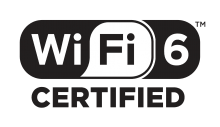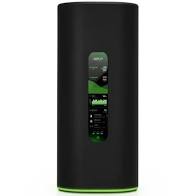
It comes as no surprise that the as the number of wireless clients has increased there has been advancements in technology that aims to ease congestion. It’s fair to say that the 802.11 wireless standard brought with it a few problems, one being the restriction of one way communication from access point to device. This week we are fascinated by the new standard MU-MIMO which stands for Multiple Input- Multiple Output. It has the potential to solve some of these issues and ease congestion that many of us see on our networks daily.
MIMO offers a practical solution to the problems of congestion by enabling more than one data signal to travel over the same radio channel at one time thereby creating multiple pathways and easing the congestion which slow networks down. AP’s and devices are therefore able to transmit data back and forth in this new way which increases the speed of connection. MIMO therefore relies on multiple radio/antenna chains where each spatial stream is transmitted from a different antenna in the same frequency.
MU-MIMO is an advancement again on the above, and ensures that omni-directional antennas come into play. All antennas are transmitting data streams at different times with MU-MIMO which increases the range and eases congestion. Due to this addition of radio chains/antennas the access point is now able to control where the signal is strongest and weakest and can transmit to multiple devices at one time without overcrowding. Speed and efficiency is therefore acheived without altering bandwith or any other factor.
We are pretty obsessed with MU-MIMO this week and think it’s going to be an essential over the next few years as network pressures increase and the number of devices available to consumers skyrockets.


